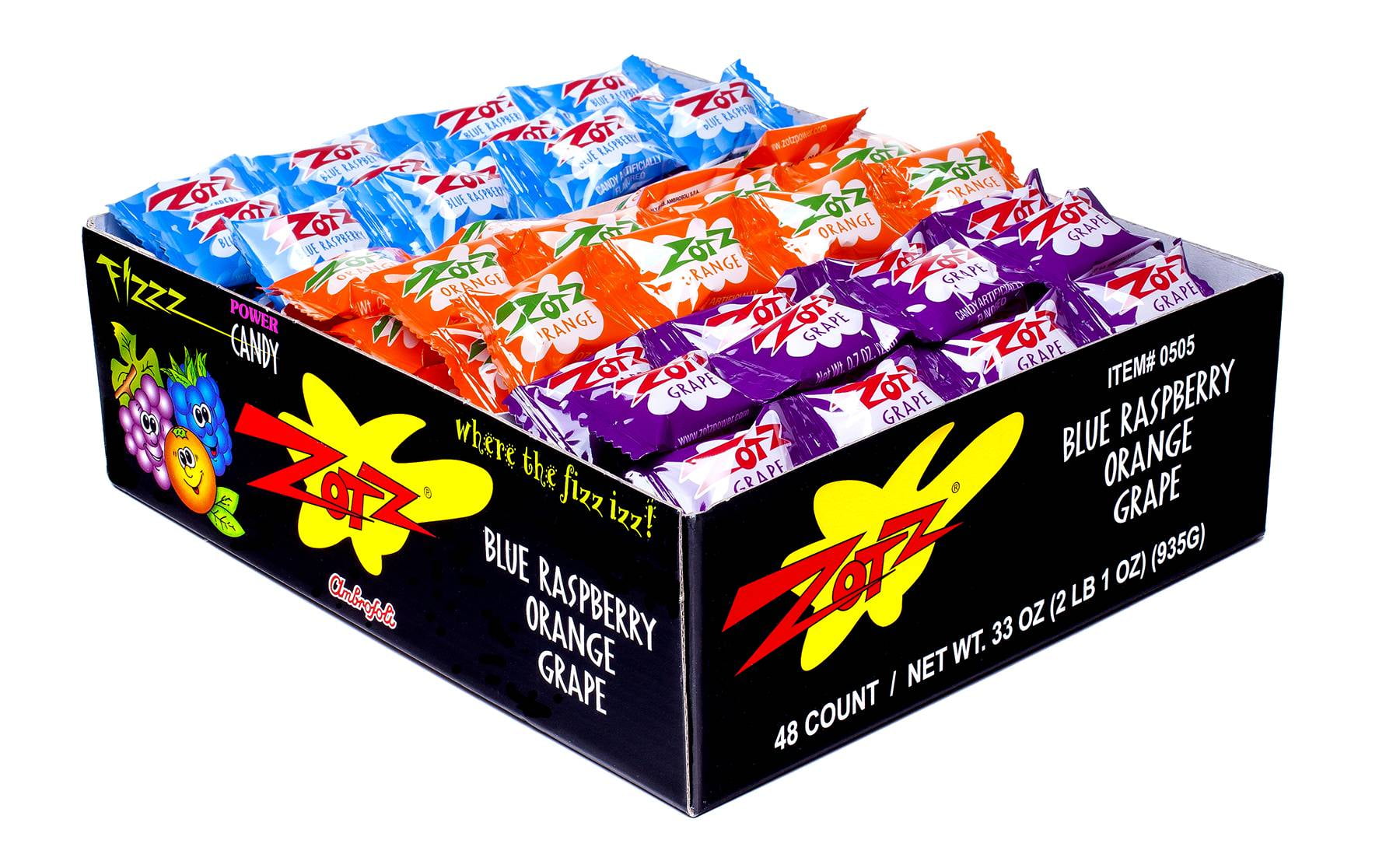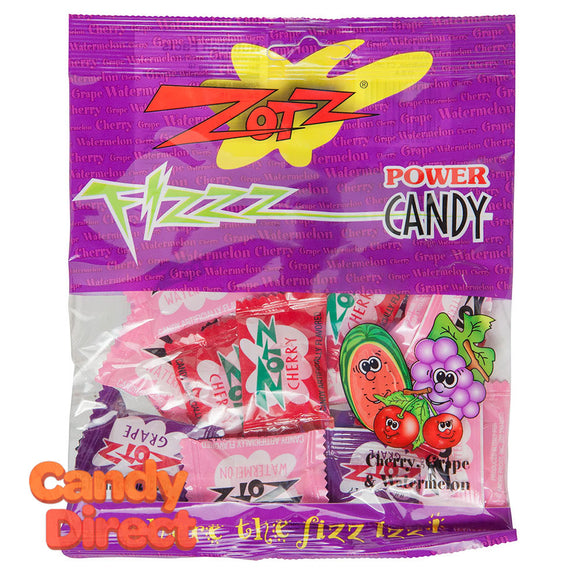

"We're heading to the pub for a few sherbets" – meaning ". This use is noted in a slang dictionary as early as 1890, and still appears in lists of slang terms written today (especially lists of Australian slang). Sherbet has been used in parts of both the UK and Australia as slang for an alcoholic drink, especially beer. The first flying saucers were produced in the 1950s in Belgium. Main article: Flying saucer (confectionery)įlying saucers are small dimpled discs of edible coloured paper ( rice paper), typically filled with white unflavoured sherbet (the same form as in Sherbet Fountains). The sherbet is sucked clean from the lollipop, it can be repeatedly dipped into the sherbet then sucked clean, or used to spoon the sherbet direct into the mouth. They consist of a 23g packet of "lemon flavour sherbet dip with a strawberry flavour lolly" sealed into the bag. Sherbet dips or sherbet dabs are also popular, such as the Dip Dab by Barratt. This is advertised on the packet as "sherbet with a liquorice dip". This method of consumption was also considered acceptable with the original packaging, which has since been replaced with a solid plastic tube to improve the product's freshness and shelf life. The "new" format only includes a solid liquorice stick, so the sherbet must be licked off that, or eaten directly. In the traditional paper packaging, the top of the stick was intended to be bitten off to form a straw and the sherbet sucked through it, where it fizzes and dissolves on the tongue. The original concept of the sherbert fountain was sold to Barratt's by Henry Edward Brunt, and was rebranded under their name.

An alternative version consists of a strawberry flavour hard gelatine candy stick, which is red in color. Traditional version of Barratt's Sherbet Fountainīarratt's "Sherbet Fountain" consists of a 25g tube of sherbet with a liquorice stick, and has been sold since 1925.

The acid-carbonate reaction occurs upon presence of moisture (juice/saliva), becoming "fizzy".

To mask the unappetising flavour of the reactive powders, a large amount of sugar is added, as well as icing sugar and fruit or cream soda flavouring. The acid may be tartaric, citric or malic acid, and the base may be sodium bicarbonate, sodium carbonate, magnesium carbonate, or a mixture of these and/or other similar carbonates. Sherbet in the United Kingdom and other Commonwealth countries is a fizzy powder, containing sugar and flavouring, and an edible acid and base. (In the United States, it would be somewhat comparable to the powder in Pixy Stix or Fun Dip, though having the fizzy quality of effervescing candy, such as Pop Rocks.) Sherbet is now used to mean this powder sold as a sweet. Sherbet used to be stirred into various beverages to make effervescing drinks, in a similar way to making lemonade from lemonade powders, before canned carbonated drinks became ubiquitous. it is more practicable to put the powder into the mouth and flush it with some water." 2 g of sodium bicarbonate and 1.5 g of tartaric acid were separately packed in little coloured paper bags. Because this way the most of acid of air is lost. "Put a spoonful of the powder in a cup of water, mix it and drink it as soon as possible, during the time of sparkling. German Brausepulver is similar, and while originally sold as such, is never mixed with water nowadays, but eaten by children by dipping a wet finger into it, or by grown-ups in combination with vodka.īeginning with the 19th century sherbet powder (soda powder) became popular.


 0 kommentar(er)
0 kommentar(er)
